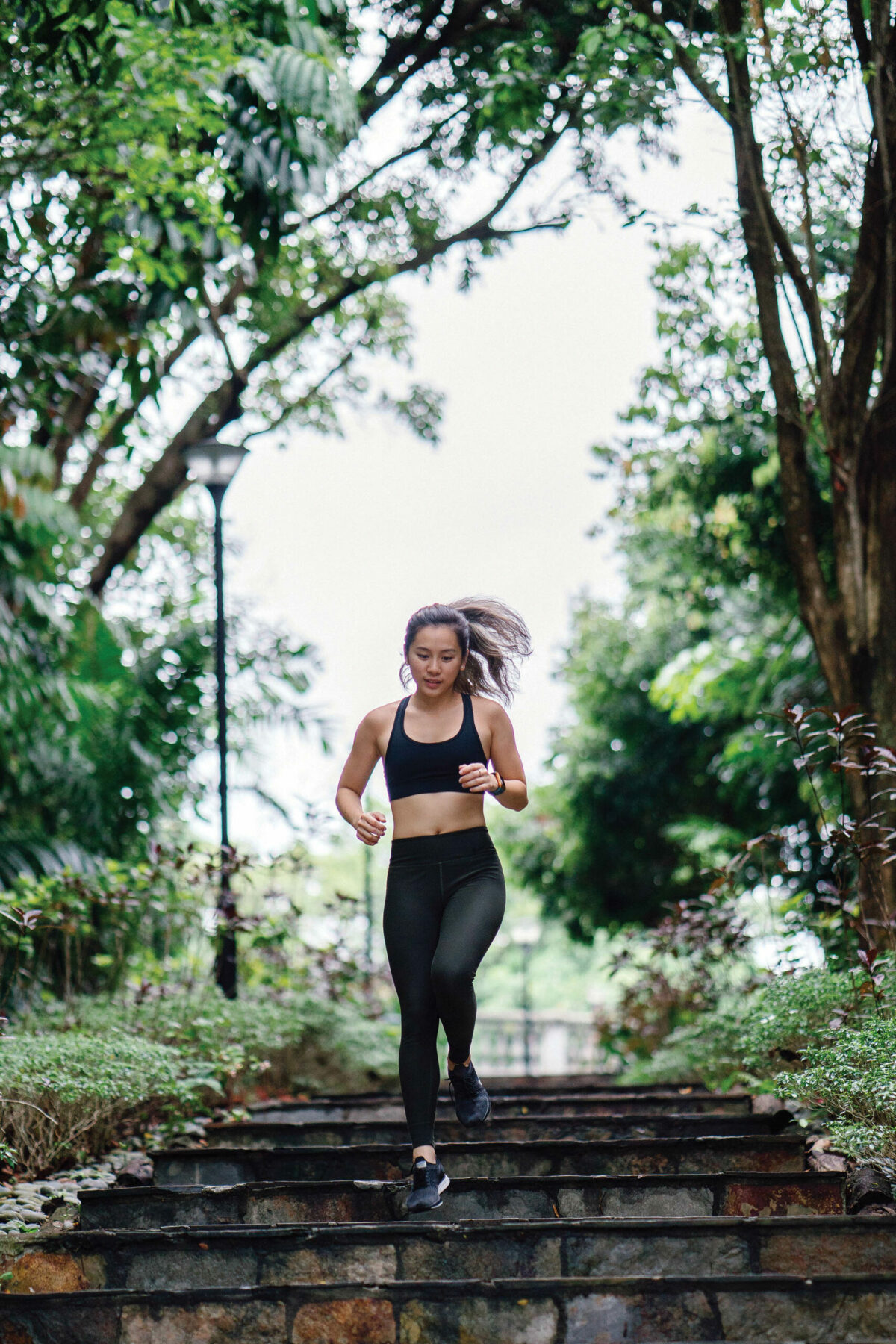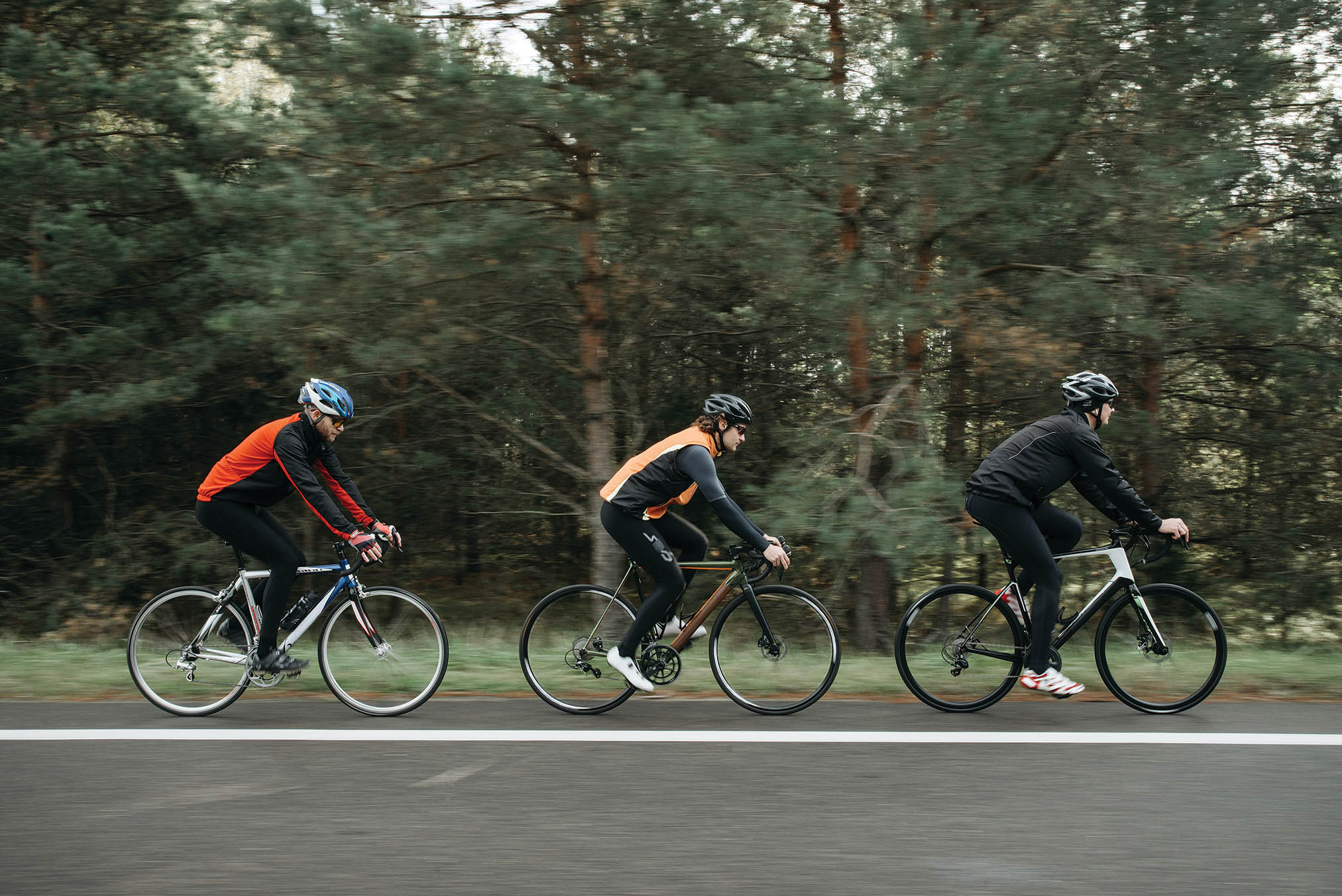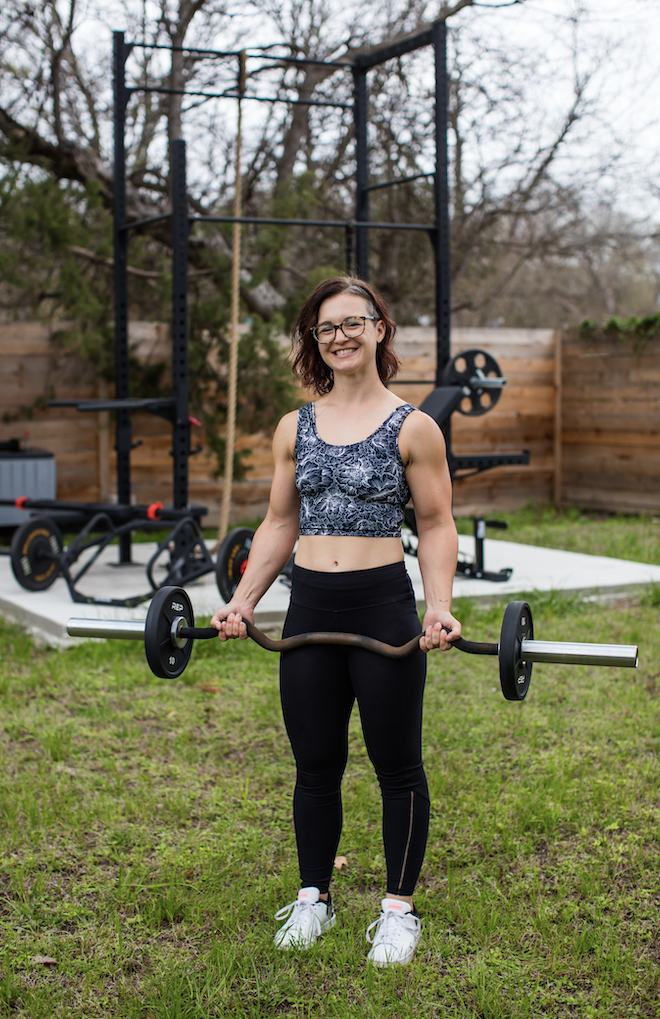FAQ: Ask a Trainer

Like any industry, trainers live and breathe what we do daily and are often surprised by the questions asked by both the general public and clients. Things that seem like common knowledge are only common knowledge when you have the foundational experience, and as trainers, our job is to help people learn how to live their healthiest lives. Here’s a list of some of the most commonly asked questions on health and fitness.
1. How do I know which training program is right for me? Everything seems intimidating as a beginner.
Here’s the thing about fitness – everyone starts at square one. No one knows what they’re doing the first time they take a class or start a new training program. We get it – it’s human nature to avoid embarrassment because we don’t like feeling like an amateur. But when it comes to fitness, there will be some trial and error on the journey to find what you like.
I recommend using the trial periods at gyms and group fitness studios to see what exercise modality you actually enjoy doing and where you feel the most welcome. A sense of community will help you look forward to going to the gym, and finding movement that feels right for your body is key. So don’t be afraid to be a beginner, and consider recruiting a friend or family member to try out new things with you until you find your fit.
2. I’ve been eating better and working out – why is my weight loss stalling?
When people ask this question, they’re usually looking for a magic answer. I’m afraid the true answer is simple and not what you want to hear – cut back your alcohol consumption, get more sleep and try to manage stress.
Because alcohol is so prevalent in our day-to-day lives and the way we socialize, we often overlook how much we’re consuming. Your body treats alcohol as a toxin, so when it’s in your system, it focuses on getting it out – this stalls fat loss and also causes water retention.
Sleep is absolutely vital to muscle repair after a workout and ensures that your mind and body are well-rested. Without proper sleep, you can’t put your full effort into your day-to-day tasks, let alone your workouts.
The biggest challenge for most of us is stress management. Finding the tools to help with life stressors helps not just your workouts but your entire well-being. Therapy, meditation, mindful movement like yoga and pilates, and joyful movement like dancing and hiking – these can all help clear your mind and make you feel more at peace.

3. How do I get “toned” without bulking up?
If you’ve read one of my previous Austin Fit articles, “I Just Want to Tone,” you know this is one of the questions trainers dislike the most. Somehow women’s fitness magazines and social media influencers have made it mainstream to think that toning is some magic tool.
Well, here’s the thing – toning means strengthening your muscles and leaning out (losing fat). What’s the most effective way to do this? Strength training. Will picking up heavier weights make you bulky? Only if you are eating in a calorie surplus, high in protein and for the explicit purpose of bulking up and adding additional muscle to your frame.
Your muscles becoming “toned” is actually them growing stronger from strength training. If you can do 20 or more reps with the weights you’re using, your body is not going to get firmer. Your muscles need enough resistance to tear the muscle fibers so they can rebuild. You don’t have to be a powerlifter to see results – just lift challenging weights, and if you can get through a full set without those last few reps feeling difficult, increase your weight.
4. Should I do strength training or cardio first in my gym session?
Cardio can be an effective way to warm up your body before a workout. The primary thing to consider when choosing where to start is identifying your goals. If your goal is strength-based, start your session with a quick stretch and jump into your strength training. If your goal is cardio or performance-based, start your session with cardio. Essentially, start with whichever category you are more invested in so that you perform better and don’t waste energy.
5. If I’m sore after a workout, what should I do?
Foam rolling, stretching and gentle yoga will all help make your muscles feel more stretched and relaxed after a workout, but they should not be the only thing you do if your body is sore. Motion is key – if you have a tough leg day and your quads are sore so you avoid using them until next week’s leg day, you’ll be in a constant cycle of soreness. The best way to get the muscles stronger, looser and able to recover faster is to keep moving. That can look like a second, lighter load workout a few days later or an active recovery day like cycling or hiking. Sitting still when you’re sore will do you no favors.
Have any other burning questions for a trainer? Send them to Austin Fit Magazine!
About the Author

Sarah Leahy is a Minneapolis transplant in East Austin, certified personal trainer, award-winning interior designer and former gym owner. She offers in-person and online training with an emphasis on strength training and building confidence in and out of the gym. Leahy’s passion for strength extends to your business, with a full offering of gym design and business consulting services.






